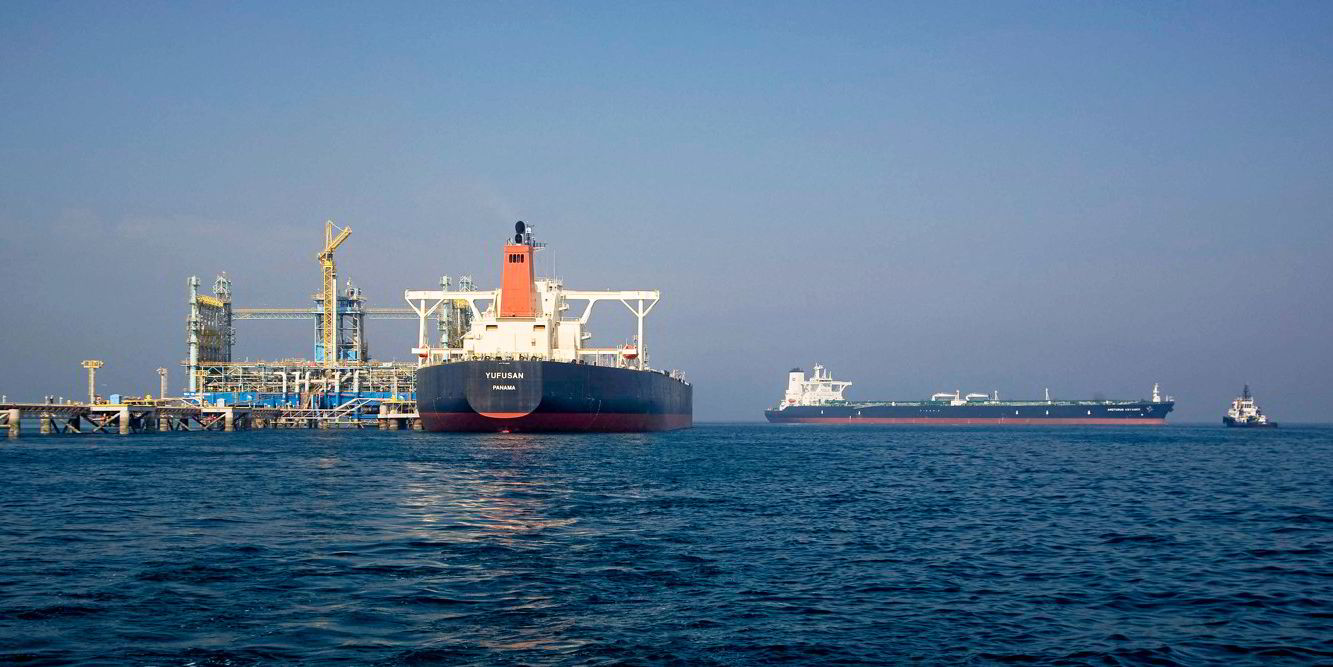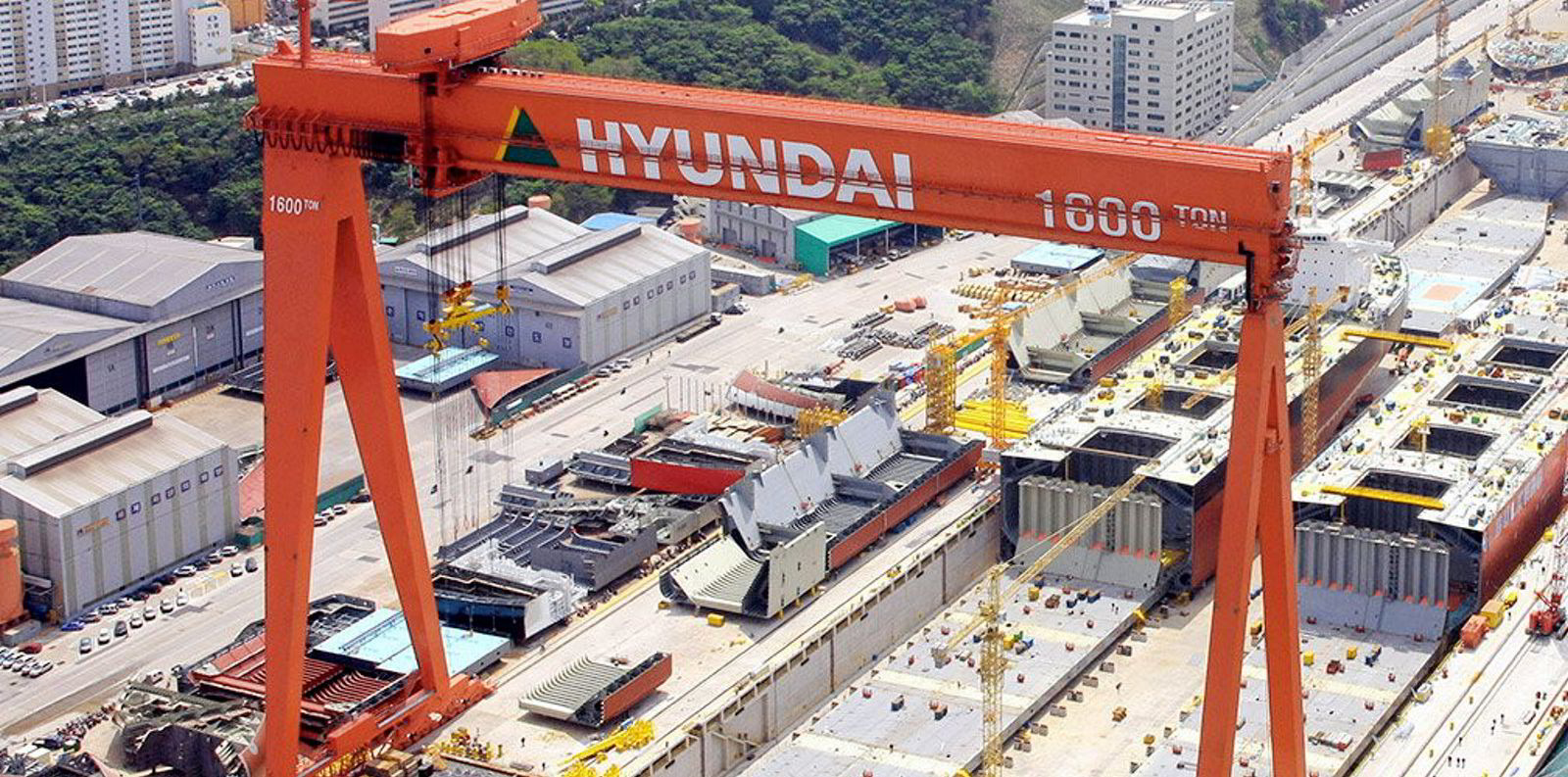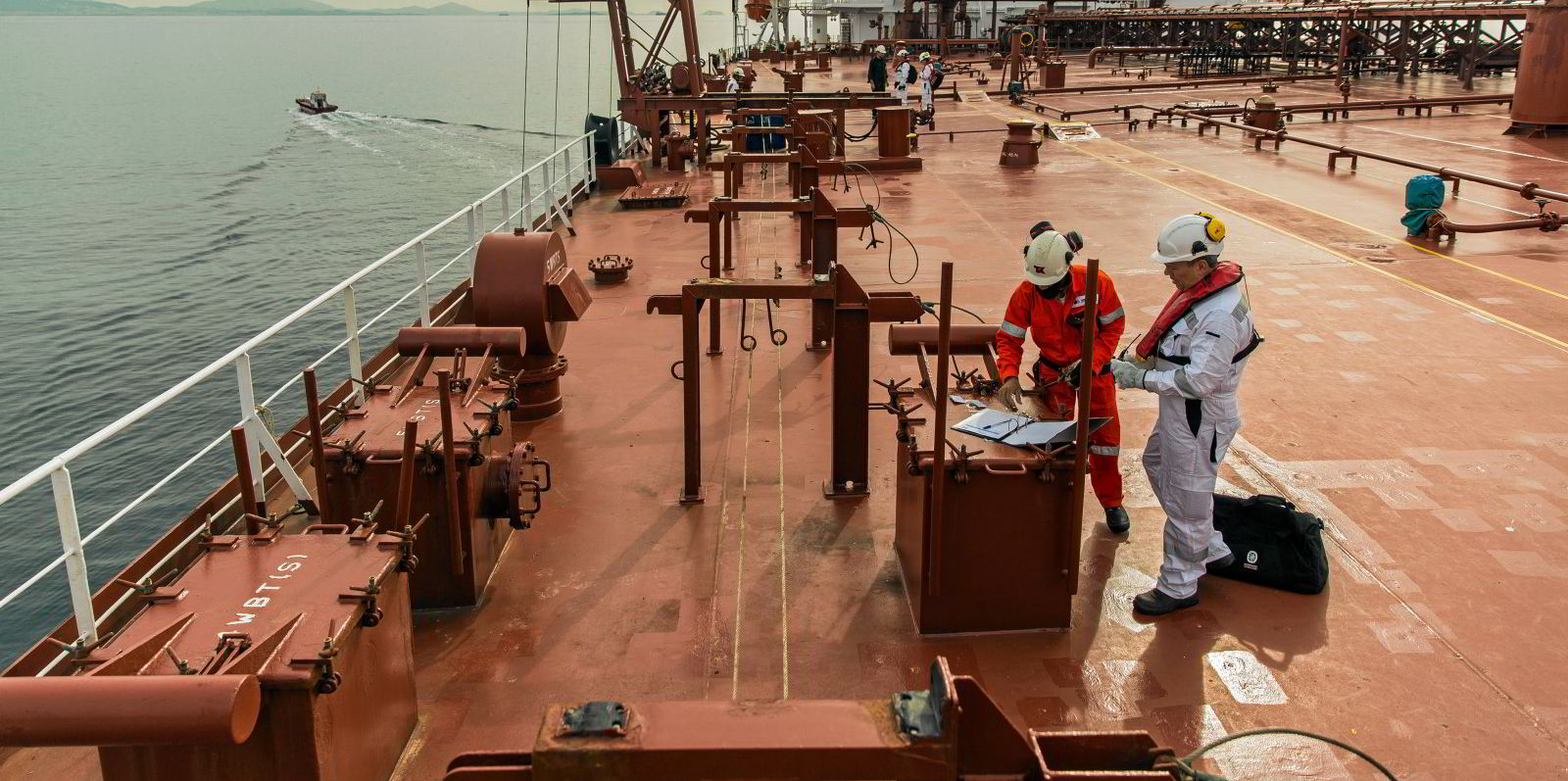Crude tanker earnings have started to recover as industry data shows rising seaborne crude liftings in recent weeks.
Clarksons Platou Securities estimated average spot earnings for an eco VLCC at $10,100 per day on Wednesday, up 16.1% since 16 June.
Suezmax earnings rose 10.6% to $8,200 per day and those for aframaxes increased by 16.3% to $11,200 per day.
Brokers said tanker owners managed to hike rates as fixing activity began for cargoes loading in July.
Total seaborne crude loadings around the world have reached 40.9m barrels per day so far this month, the highest since May 2020, preliminary data from IHS Markit shows.
Loading activity has increased by 3.1% from May’s level. The growth amounted to nearly 14% when compared with June 2020.
Oil analysts have observed strong recovery in oil consumption in Europe and the US amid mass vaccination while Opec+ ramps up output.
“Improvement in earnings has been most obvious on shorter routes, such as intra-European flows,” IHS Markit’s liquid bulk principle analyst Fotios Katsoulas said in a note.
“This has primarily been driven by owners having to raise rates to take into account increasing bunkering costs as fuel oil prices rise in line with crude oil.”
While suezmaxes have been underperforming other segments, Katsoulas expects rates for the vessel class to rise in the coming weeks.
“Tonnage supply lists are starting to shrink. As such rates are expected to start ticking up,” he said.
Katsoulas suggests the rate environment has been particularly strong in North Europe, where refineries are raising utilisation rates.
“Fundamentals also support a slight increase in rates in the Mediterranean and Black Sea, but the reality remains that there are simply too many ships for rates to rise materially,” he added.
But IHS figures show weak long-haul shipping demand has undercut vessels employment opportunities.
“Exporters typically employing tankers on longer distances, such as on the Brazil-Northeast Asia route, have suffered losses in June,” Katsoulas said.
“Competition has increased since Opec+ members agreed to increase their production further.”
While West African crude exports have remained unchanged, more barrels are being shipped to Europe rather than China, Katsoulas added.
Vessel employment has been down 3.2% so far in June from the same period of last year, going by the measure of multiplying sailing days by the amount of crude transported.
“The outlook for shipowners remains bearish,” Katsoulas said. “As availability of tonnage remains strong, freight rates will remain under pressure, giving charterers ample options for securing cheap transport for their cargoes.”







